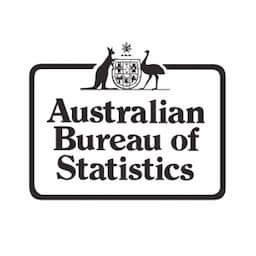One in every six CEOs of non-public sector organisations is a woman and the rate is increasing slowly, according to the Gender Indicators, Australia report released by the Australian Bureau of Statistics (ABS) today.
ABS Program Manager, Dean Bowley said the proportion of CEOs who are female had increased by less than one percentage point to 16.5 per cent between 2013-14 and 2016-17.
“However, there are more notable increases in the rate of women in other leadership positions, particularly those roles that help influence decisions within organisations. Over the same period, the proportion of female key management personnel, general managers and other executives increased by three percentage points with females now occupying around 30 per cent of these roles.”
Mr Bowley said the report provided a range of other indicators that reflected the changing roles and circumstances of women and men in Australian society.
Young women are continuing to achieve higher levels of education than young men. As of 2017, about 45 per cent of women had attained a bachelor’s degree or above by the age of 30, compared to 32 per cent of men. After graduating, the median starting salary in 2017 for full-time employed women was $59,000 while for men it was $60,100.
“Despite this progress, there are still plenty of challenges. The gender pay gap has remained stable over the last decade, with women earning 89 per cent of the earnings of men, taking into account the differences in working hours. Superannuation balances for women approaching retirement are 37 per cent lower than men”.
The average superannuation balance for women approaching retirement (55 to 64 years old) was $196,000, while for men it was $310,000.
Mr Bowley noted a key influence on the gap in superannuation balances was the higher proportion of women employed part-time. Almost three times as many employed women (44 per cent) worked part-time, when compared to employed men (16 per cent).
